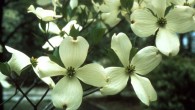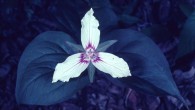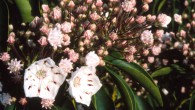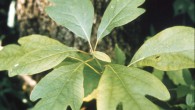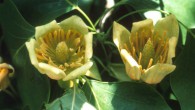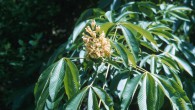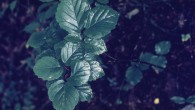Western North Carolina is covered with plants indigenous to the Appalachian Mountains. Here is a short list of the plants found throughout the Linville Falls area.
Photographs courtesy of Mark Haskett, Western Carolina University Photographic Services. This information was initially included in “The Natural Diversity of Linville Falls.”
Flowering Plants
Flowering Dogwood (Cornus florida)
Painted Trillium (Trillium undulatum)
Bluets (houstonia caerulea)
Mountain Laurel (Kalmis latifolia)
Galax (Galax urceolata)
Trees
Red maple (acer rubrum)
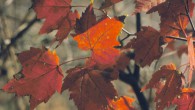
The bright green leaves have three to five lobes. They turn a brilliant red in the fall and produce buds on their red twigs that turn to small red flowers in the spring. The Silver Maple (Acer saccharinum) is also found in the area. It is a rapidly-growing tree that features five-lobed leaves. The dark green leaves turn a rich brown color in the fall.

